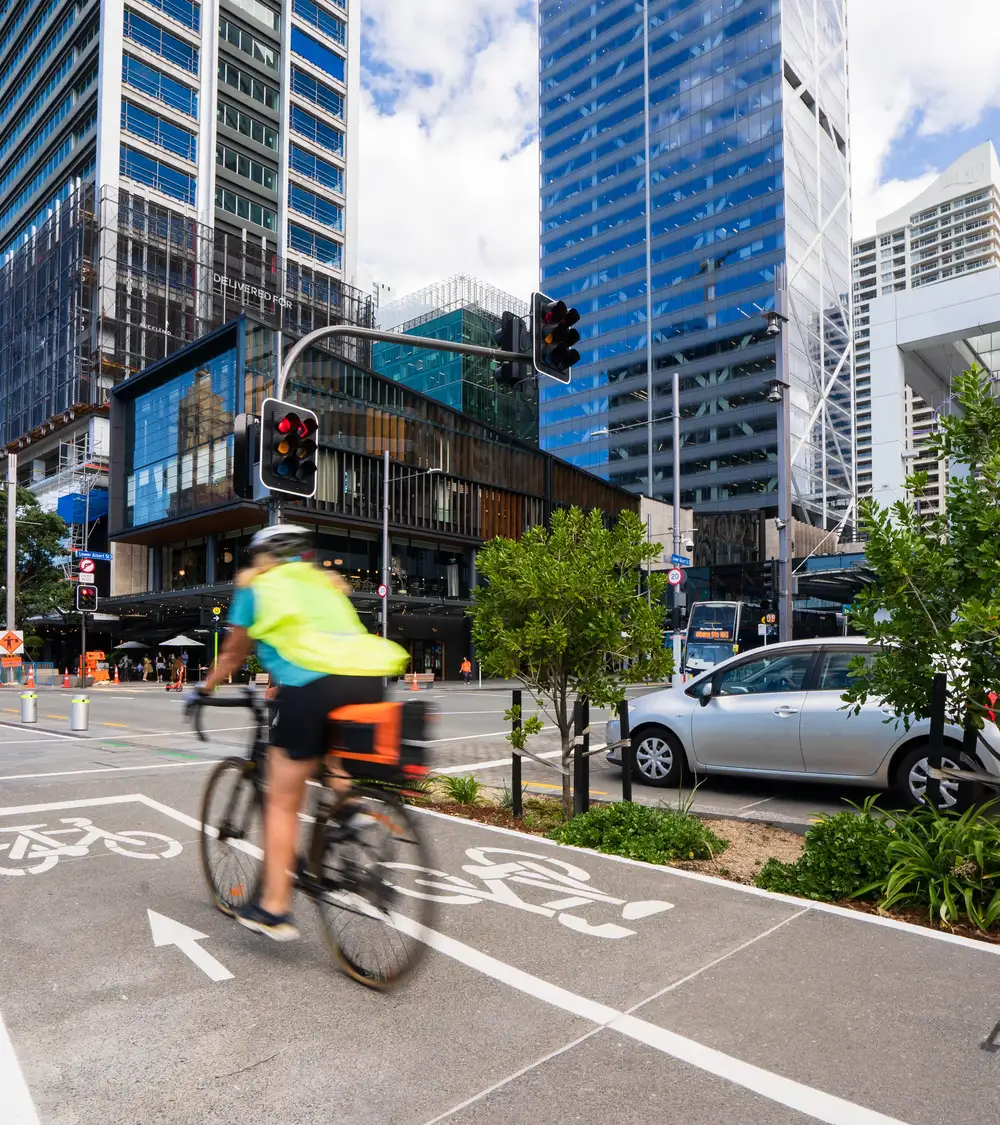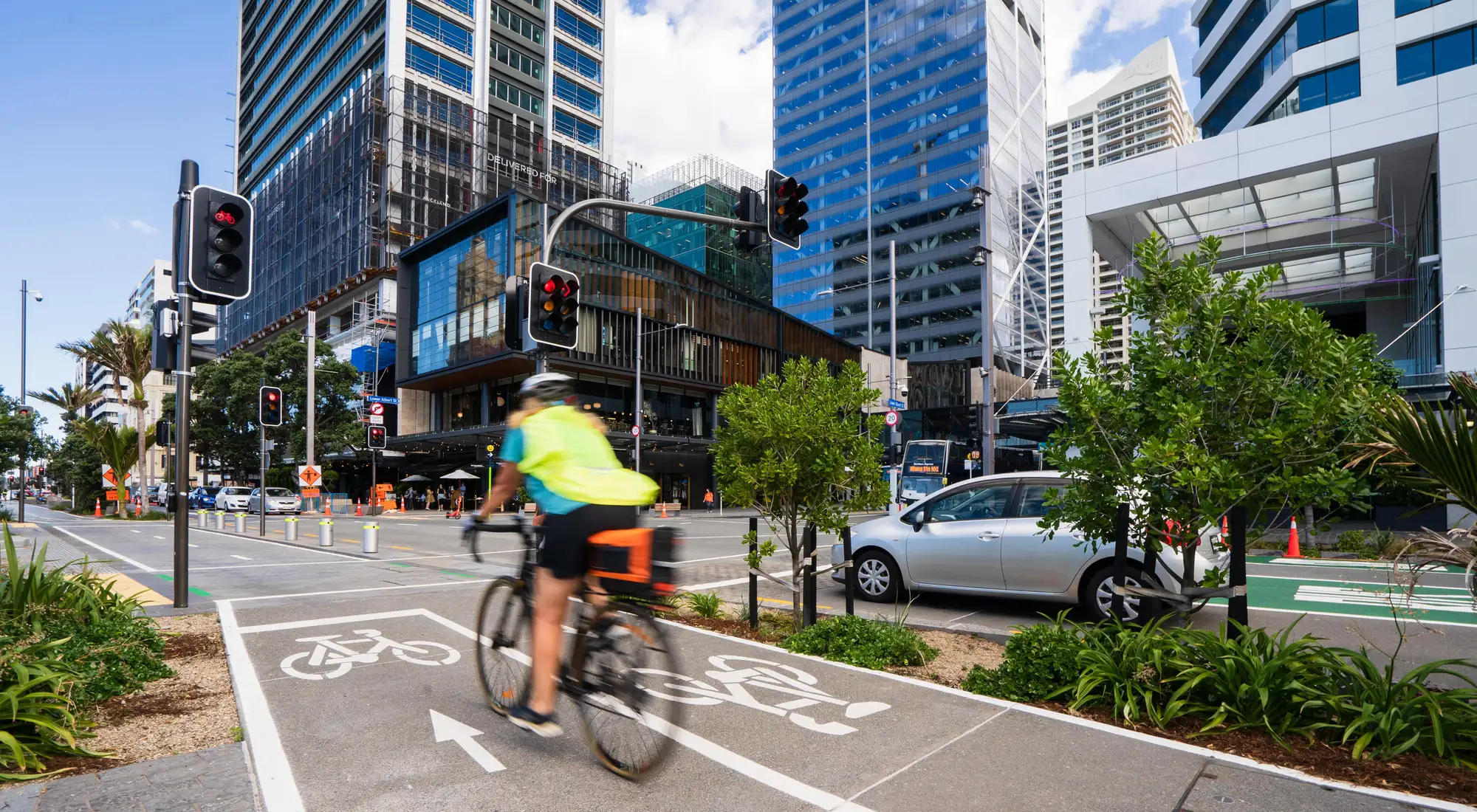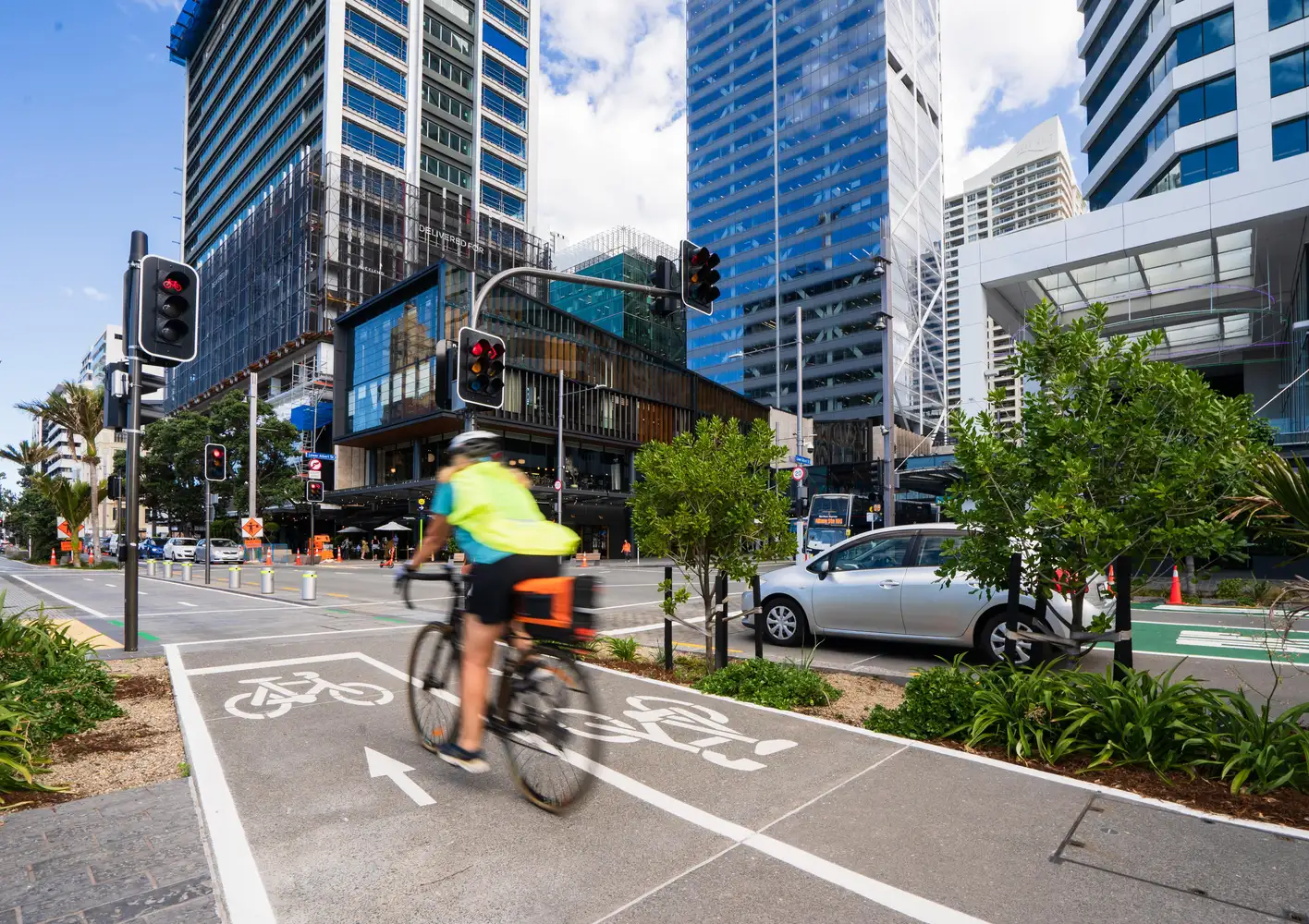Waka Kotahi investment in transport – what’s the takeout for local government?



16 September 2021
Our analysis of the government’s latest NLTP announcement finds public transport and active modes clear winners.
Last week the Government released the 2021-2024 National Land Transport Programme (NLTP), which outlines Waka Kotahi’s investment and operating programme over the next three years.
Ahead of the release of the NLTP, the sector had been anticipating a smaller increase in funding in real terms, following cautionary signals from Waka Kotahi, inflationary pressures and the freeze on Road User and Fuel Excise charges.
The programme may have had a few surprises packed in there, with the announcement of a $24.3 billion Opex and Capex package over the 36-month period, up 44 percent on the previous period. But what does this really mean for local government?
While the local government sector is still carefully picking through the details of the Programme, there are some activity classes emerging as early winners:
- $2 billon of financing to boost road maintenance and public transport;
- $6 billion being invested in public transport and walking and cycling;
- $2.9 billion for the Road to Zero safety initiative; and
- $1.3 billion to implement the NZ Rail Plan.
Most of these investments are clearly aligned with the Government’s decarbonisation goals, and the reality that the transport sector has to be at the centre of New Zealand’s emissions reduction actions.
The State Highway (SH) activity class is a more nuanced story, with the SH Maintenance Activity Class receiving more funding than its midpoint between lower and upper band in the 2021 GPS, and a 30 percent increase on the 2018-21 NLTP.
While the SH Improvements Activity Class receives less funding than the 2021 GPS midpoint, it still receives more than the lower band in the GPS. This may have implications for rural and provincial New Zealand, where state highways often function as local roads, and there are few workable public transport or active mode options. However, it will require careful assessment against Regional Land Transport Plans.
While there has been less obvious investment in the State Highway network, this has been offset by the increase in safety investment. However, the state highway network is going to require continuing ongoing investment to maintain its current levels of service. Local government is concerned that the level of investment may not meet demand in this area in the face of increasing costs and the need for climate change adaptation.
The NLTP again underscored the need to examine (and possibly accelerate) alternative transport funding options, showing that the hypothecated road-user charge model cannot adequately cater for the growing number of transport investment priorities.